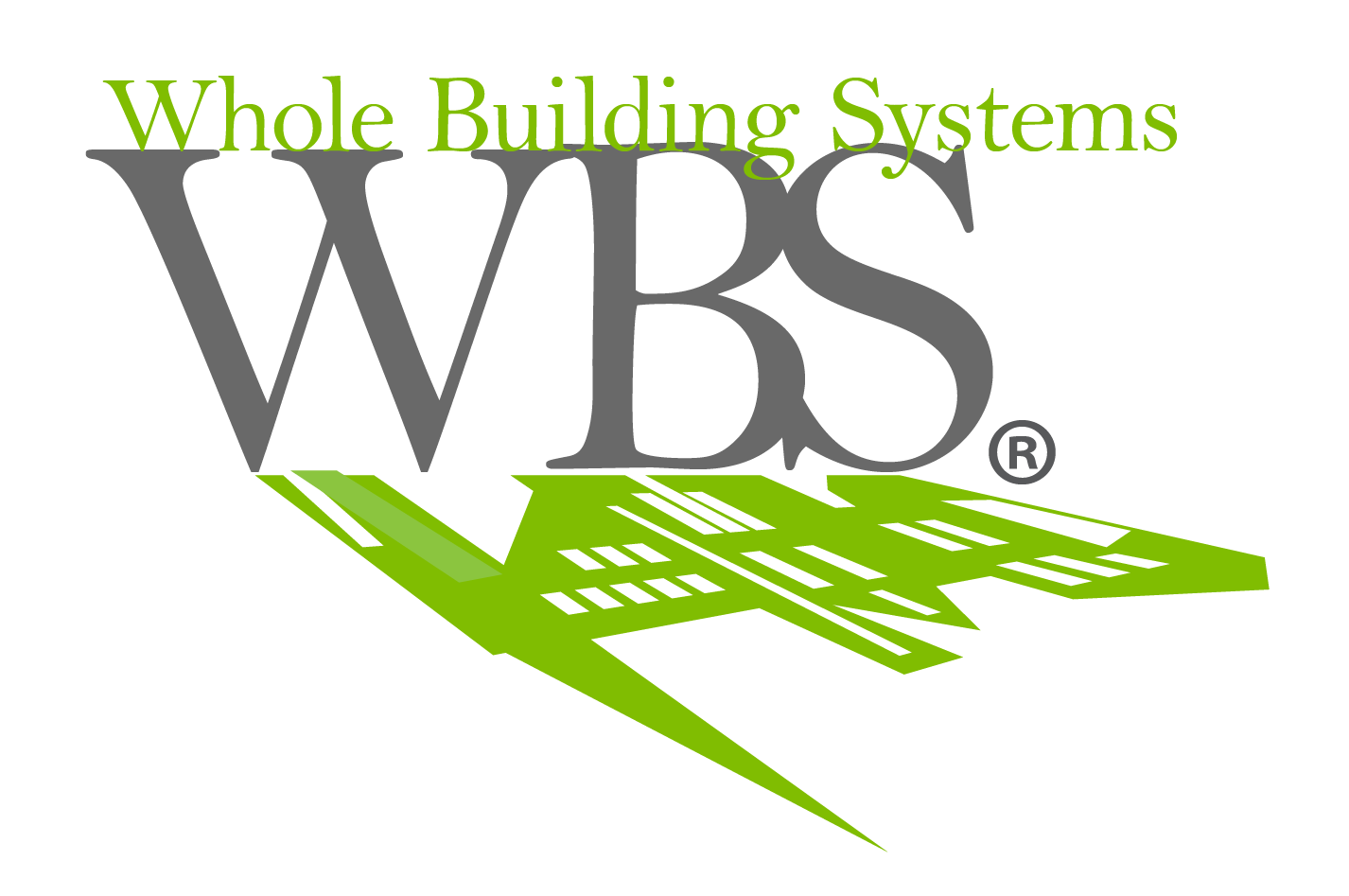Fox News Interview with Dennis Knight
WHAT SHOULD BUILDING OWNERS AND OPERATORS BE THINKING ABOUT AS MORE PEOPLE BEGIN OR AT LEAST WANT TO RETURN TO WORK OR SCHOOLS?
As a building owner or operator of the heating, ventilating, and air conditioning systems in buildings I would want to be thinking about and verifying the following:
Masks, social distancing, hygiene, and testing should be my primary strategies for mitigating the risk of the spread of the disease.
Are my existing systems functioning properly? In other words, are the systems able to maintain the thermal comfort and humidity set points required by the occupants of the building and the type of work or levels of activities being conducted in the building?
Are my systems delivering at least building code or statutory required minimum amounts of outside air for ventilation based on the building use and occupancy during the periods the building will be occupied, including times when the building may be occupied by a small fraction of it allowable capacity – such as when cleaning crews and service crews are working after hours. For example, an office building may have a different ventilation requirement per person or per square foot of the building than say an auditorium or an educational facility or a laboratory.
Are my filtration systems capable of removing small particles from the air inside my building at least equivalent to a MERV 13 rated filter?
If the systems cannot achieve a filtration level of MERV 13 or better, then consider upgrading the filters to higher ratings if the systems can handle the additional pressure drop required by the new filters or supplementing the existing systems with portable or permanent air filter and air cleaning units mounted directly in spaces within the building.
Can my building automation systems or HVAC controls be programmed to automate some of these new sequences of operation and to trend or record how the systems are performing to help identify issues and, just as importantly, document that, as an owner or operator, I have taken steps to help my HVAC systems do the best job possible at helping me mitigate the spread of infectious aerosols in my buildings.
Do not spend any more time indoors with people outside your bubble or that you meet regularly.
CAN YOU REALLY FILTER OUT THE BAD STUFF? OR DOES IT TAKE MORE THAN JUST A GOOD FILTER? WHAT ABOUT U-V LIGHT TO KILL THE VIRUS?
Yes – it is done all the time in critical facilities like operating rooms and isolation rooms in healthcare occupancies, clean rooms, and laboratories – but, just as important are things like air change rates and air flow patterns – which can influence how effectively filters and air cleaners work. UV works, but it is not appropriate or needed everywhere.
Flushing, filtering, and inactivation are all strategies to use, depending on the specifics of your system, building use, and climate.
DOES THIS MEAN WE HAVE TO REPLACE OUR SYSTEMS COMPLETELY OR JUST UPGRADE AND UPDATE?
System or component replacement is not always necessary. Before completely overhauling an HVAC system in a reactive mode, go through the steps I have outlined earlier in our conversation first.
Today:
assess and repair,
upgrade/update.
In the future, maybe replace
HOW MUCH DOES UPGRADING THE SYSTEMS COSTS?
Cost depends greatly on what is done. Everything from control adjustments to filter upgrades of central systems to adding UV or portable filters, air cleaners, window fans, etcetera.
Equipment cost range could be zero to large, some measures have operating cost impacts as well as energy costs that may need to be considered.
What is the potential cost if you do not check that your systems operate properly and meet code, and increasing its ability to mitigate the virus?
View the interview here: https://www.fox32chicago.com/video/844761
